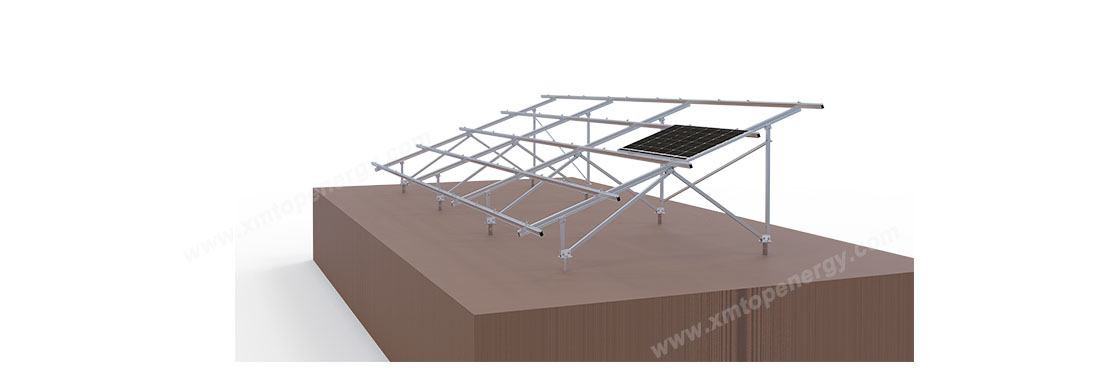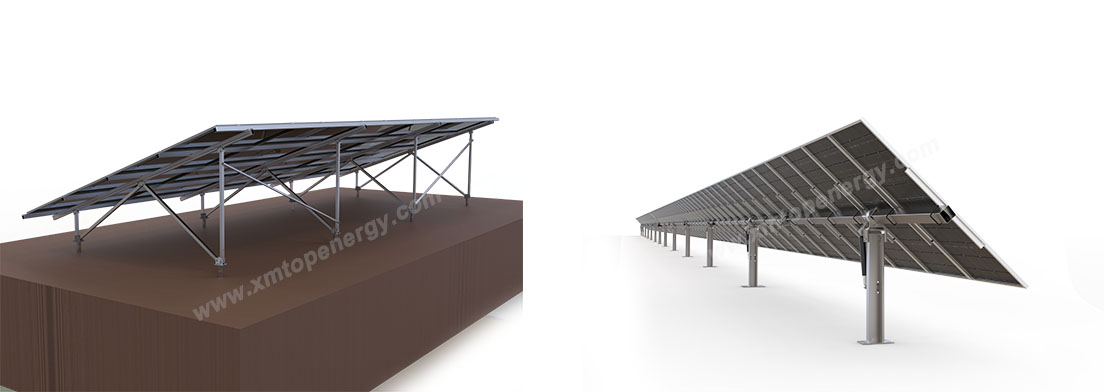As the demand for solar energy grows, ground-mounted solar racking systems have become an essential choice for large-scale and residential solar projects. Selecting the right racking system can directly impact installation efficiency, system durability, and energy output. In this guide, we will walk you through the key factors to consider when choosing the best ground mount solar racking system.
Unlike rooftop solar mounting, ground-mounted systems are installed directly on open land or undeveloped areas, making them ideal for solar farms, commercial installations, and homeowners with sufficient space. These systems provide greater flexibility in tilt angle adjustments, panel orientation, and scalability, ensuring optimal sunlight exposure.

There are two main types of ground-mounted solar racking systems:
Choosing between these two depends on budget, land space, and energy output requirements.
The foundation of your ground-mounted solar system must be chosen based on the soil type, terrain, and environmental conditions:
Conducting a geotechnical study before installation helps determine the best foundation type for your project.
Selecting the right material ensures long-term durability and resistance to environmental challenges:
For projects in coastal, desert, or high-humidity regions, opt for hot-dip galvanized steel or anodized aluminum for superior longevity.
A well-engineered ground mount solar racking system should be able to withstand strong winds, heavy snowfall, and extreme weather conditions. Key considerations include:
Checking compliance with international certifications (IEC, UL, AS/NZS 1170, JIS, etc.) is essential to ensure quality and durability.
Choosing a system with a simple, modular design reduces installation costs and time. Factors to look for:
Opting for racking systems with integrated cable management solutions also helps in keeping the installation neat and reducing long-term maintenance issues.

While fixed-tilt systems are more affordable, tracking systems can provide higher energy yields. Here’s a cost-performance comparison:
| System Type | Initial Cost | Maintenance | Energy Yield | Best for |
|---|---|---|---|---|
| Fixed-Tilt | Low | Low | Standard | Large-scale farms, stable sunlight regions |
| Single-Axis Tracker | Medium | Medium | 10-20% more than fixed | Utility-scale projects, variable sunlight conditions |
| Dual-Axis Tracker | High | High | 20-25% more than fixed | High-efficiency solar farms, premium applications |
For most commercial and utility-scale projects, single-axis trackers provide a balance between cost and energy production efficiency.
Before finalizing your purchase, check for:
Certifications: Ensure compliance with ISO, UL, IEC, AS/NZS standards.
Manufacturer’s Warranty: A 10-25 year warranty guarantees long-term performance.
Supplier Reputation: Work with experienced solar racking providers with proven track records.
Selecting the best ground mount solar racking system depends on factors such as system type, terrain, material quality, wind/snow load capacity, and cost-effectiveness. Whether you choose a fixed-tilt system for affordability or solar tracking for maximum efficiency, investing in a durable, high-quality racking structure ensures long-term solar success.

 Xiamen TopFence Co.,Ltd.
Xiamen TopFence Co.,Ltd. No. 77, LingXia South Road, Huli District, Xiamen City, Fujian, China
No. 77, LingXia South Road, Huli District, Xiamen City, Fujian, China Tel: +8613365923720
Tel: +8613365923720
 Email: info@xmtopfence.com
Email: info@xmtopfence.com
 IPv6 network supported Sitemap
| XML
| Blog
| Privacy Policy
IPv6 network supported Sitemap
| XML
| Blog
| Privacy Policy


